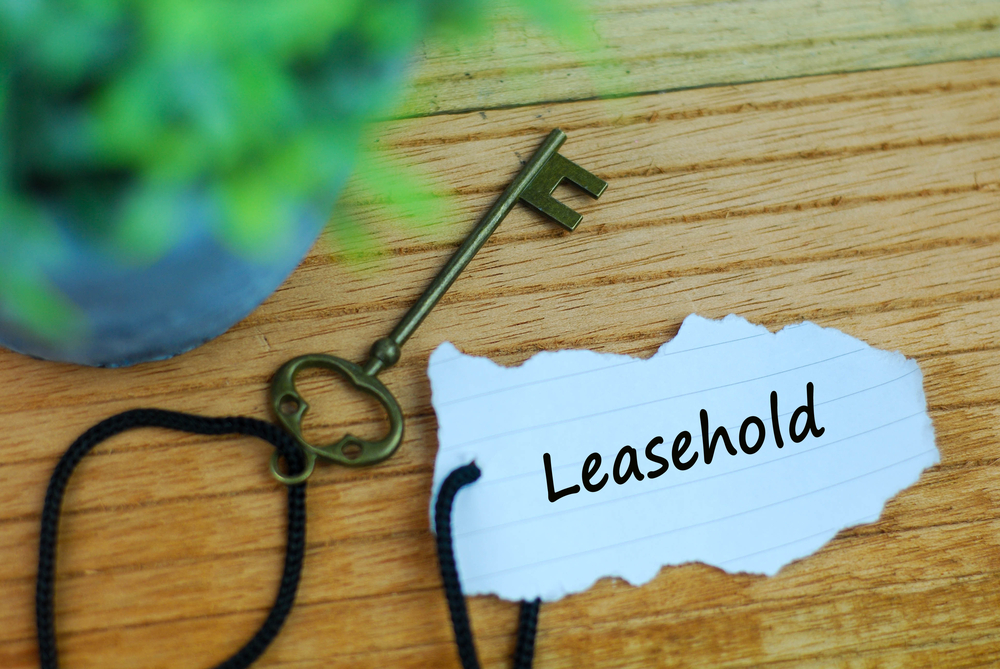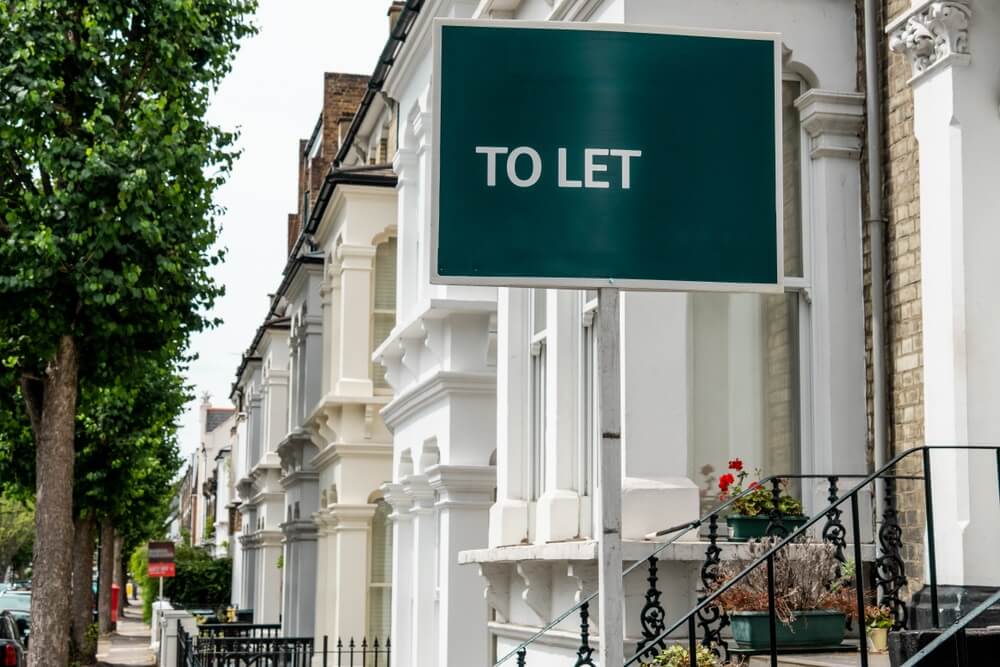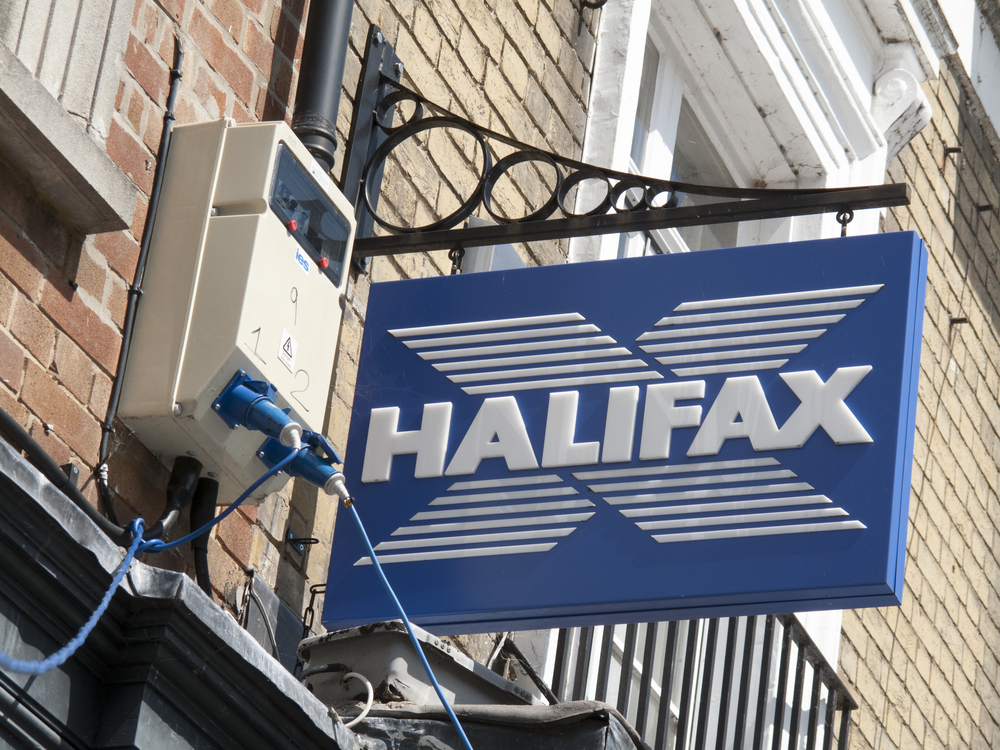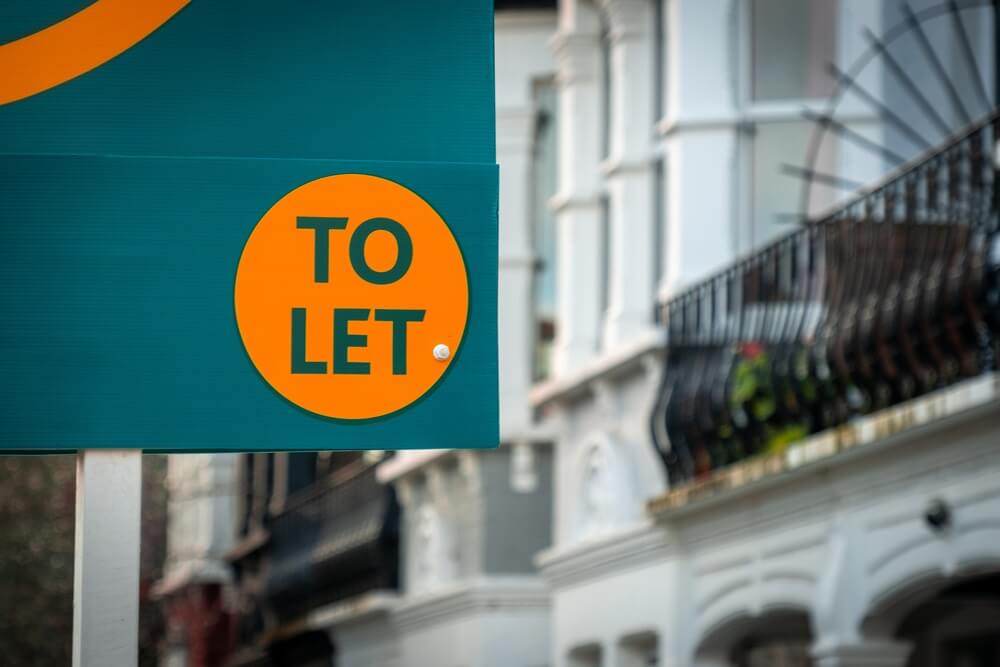Research from specialist buy-to-let lender Paragon has revealed the average landlords portfolio gearing the proportion of borrowing to the level of equity in the portfolio – has fallen from 48 per cent in 2002, to 38 per cent in 2007.
The level of gearing for landlords with three or fewer properties is even lower at just 25 per cent, quashing suggestions that these small scale landlords will bail out of the buy-to-let market if rental yields contract.
As interest rates have gradually risen over the past five years from 4 per cent in 2002, to 5.75 per cent now, landlords have ensured that their returns after financing remain high by lowering the ratio of debt to equity across their investments.
Nigel Terrington, chief executive, said: “Doom mongers simply look at a 6% yield and a typical mortgage repayment rate of just over 6 per cent, then assume that landlords are making a loss after financing.
“Even for those with a higher portfolio gearing this is not the case. Landlords do not have 100 per cent debt, in fact their average debt is just 38 per cent of their portfolio value and their effective yield, even after financing, remains very attractive. In the main, landlords are shrewd investors and business people who handle their assets with skill.”
Terrington added: Our index has shown that rental yields have remained stable for over a year, but borrowing costs have risen substantially. In addition to increasing rents, landlords have lowered their portfolio gearing and consequently kept their net returns fairly stable too.
Many landlords choose to invest in private rented property because it offers them control over their investment that most other asset classes can not provide. For example, strong tenant demand is fueling rental incomes and landlords are in a strong position to set rental rates and maintain stable yields despite the rising costs of borrowing.










 Buy-to-let
Buy-to-let










